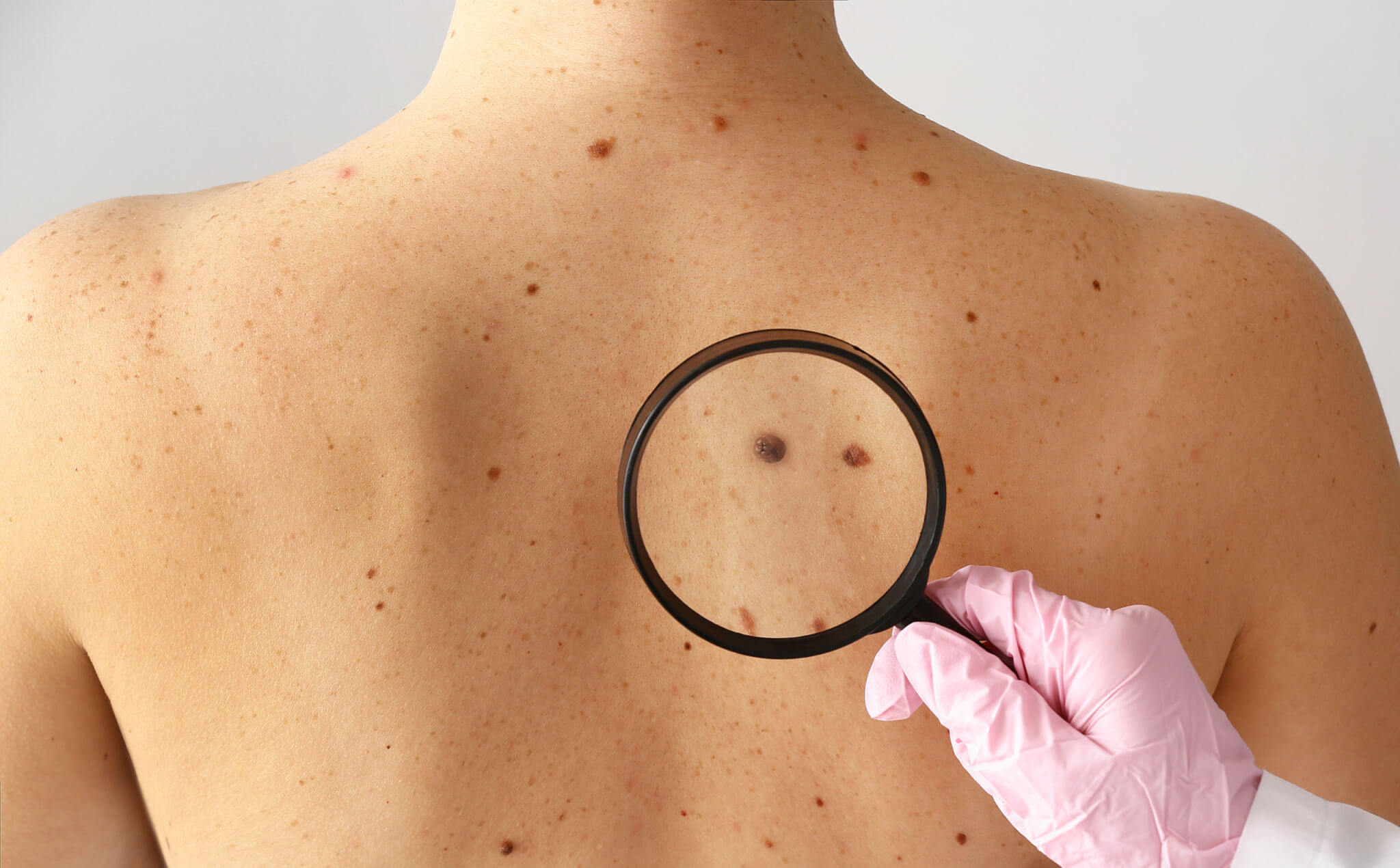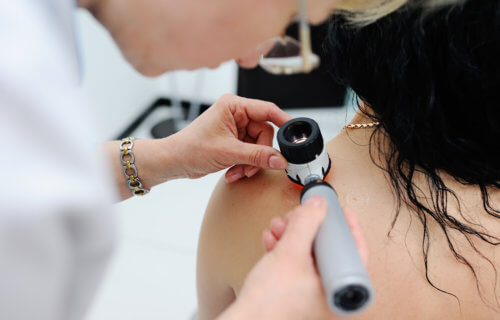Your doctor took a biopsy of a funny-looking mole on the back of your left hand. Now you’re in their office for the pathology report. They confirm what you feared: melanoma. Instantly, you feel the blood drain from your face and your heart pounding. Before you surrender to full-blown panic, ask a crucial question. “Are you sure?”
Researchers from the University of Texas at Austin recently revealed mounting evidence that diagnoses of melanoma are excessive and unnecessary. These overdiagnoses are associated with increased costs and treatments, as well as mental and emotional suffering.
Melanoma is the deadliest form of skin cancer and the fifth most common cancer in the United States. In its later stages, the disease can spread throughout the body and a small percentage of cases will lead to death. About 80,000 Americans are diagnosed with melanoma annually. Since 1975, the number of cases has increased 320 percent. Environmental factors, however, haven’t increased. Also, thanks to vigorous public education, people are using sunscreens and avoiding exposure to harmful ultraviolet radiation. The number of cases should be falling.
The new research indicates that even though cells from a skin biopsy look abnormal when viewed with a microscope, the majority are unlikely to cause or lead to melanoma or any other health problems. There is no evidence of a melanoma epidemic.
The research team concluded that 65 percent of men and 50 percent of women are overdiagnosed. More than 85 percent of the exaggerated diagnoses are the thinnest biopsies of moles with abnormal cells in the outermost layer of skin only. The medical term is Stage 0, also called carcinoma in situ.
The adverse consequences of overdiagnosis can be devastating. Overdiagnosis leads to unnecessary treatments, often at great cost, and can be disfiguring.
A patient hearing, “You have cancer,” often experiences overwhelming fear that can last a lifetime. Patients fear dying, fear the Sun, and fear that the cancer will come back. Some may even make drastic decisions about their jobs or marriages. Some worry about who will care for their children.

When a mole is suspicious for cancer, it is biopsied. Smaller moles can be removed entirely. The tissue is examined under a microscope by a pathologist. A pathologist is a medical doctor with specialized training to study medical conditions using human tissue, blood, urine, and other body fluids.
They provide essential insight and information to help diagnose and treat conditions, monitor them, and provide prognoses. In many cases, diagnosing melanoma is a judgment call made by pathologists.
If the diagnosis is reported as cancer, the entire lesion, along with a small area of normal-looking tissue around the growth, is removed. Again, a pathologist examines the surgical specimen microscopically. If the margins (the term for the specimen’s edges) are free of disease, all the cancer has been removed, leaving a larger scar than the original biopsy. If the margins are not clear of disease, more aggressive treatment is necessary, including more surgery.
In 2022, researchers at Kirk Kerkorian School of Medicine at UNLV published a review concluding that existing diagnostic standards for melanoma do not distinguish the skin growths that are not expected to cause health problems.
Overdiagnosis is attributed to two factors:
- First, more people are being screened for skin cancer. More moles are examined, so more appear to have abnormal but probably harmless cells.
- Second, biopsies were previously limited to moles which were dime-sized or larger. Now, lesions are biopsied at one-fifth that size.
- In addition, there is speculation that there is a growing problem of pathologists calling early lesions melanomas to avoid potential malpractice judgements.
Skin cancer screening: not for everyone
As of April 2023, the U.S. Preventive Services Task Force (USPSTF) recommends against regular skin cancer screens for everyone. No clinical research has been conducted to determine the effectiveness of screening everyone. These uncertainties call for large-scale clinical trials.
The American Academy of Dermatology encourages healthcare providers to conduct periodic screenings for the public in their communities.
Doctors agree that people should regularly examine their own skin and report spots that are new or changing to their healthcare professional. It’s important to have these growths biopsied. Invasive cancer cannot be diagnosed just by looking at it.
If diagnosed with melanoma, you can discuss it with your provider, and get a second opinion from a different pathologist or laboratory. A second opinion may not be covered by health insurance.
You might also be interested in:
